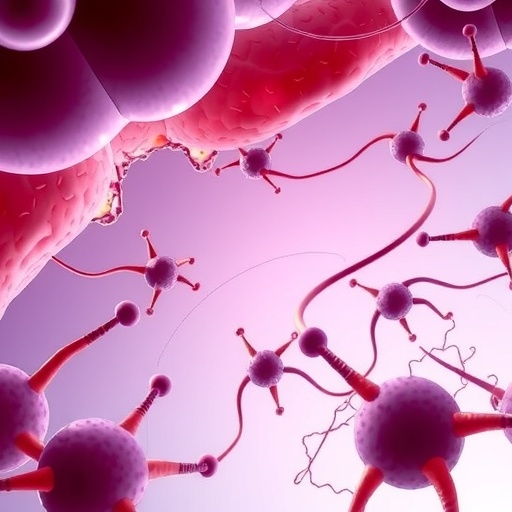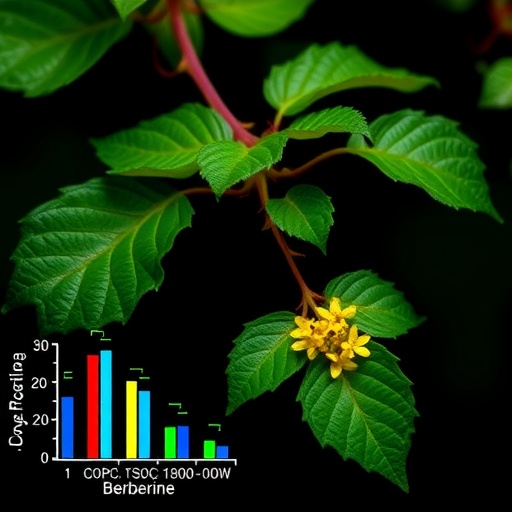Flint, Michigan, continues to grapple with the public health crisis that unfolded as lead levels in its tap water spiked to alarming levels. Now the scientists who helped uncover the crisis have tested galvanized iron pipes extracted from the "ground zero" house. They confirm in the ACS journal Environmental Science & Technology that the lead that had accumulated on the interior surface of the pipes was the most likely source of the lead contamination.
Flint's tap water became contaminated with high lead levels after the city turned to the Flint River to supply its water in April 2014. When they switched, officials didn't use a corrosion-control treatment to maintain the stability of rust layers (containing lead) inside service lines. Within a month of the switch, residents started to report smell and color changes to their water. After her family started getting sick, Flint resident LeeAnne Walters contacted Virginia Tech engineer Marc Edwards and asked him to test her water. All 32 samples from the Walters' home contained lead concentrations above the U.S. Environmental Protection Agency action level of 15 micrograms per liter. Four samples were above 5,000 micrograms per liter, the threshold for hazardous waste. And one sample contained 13,200 micrograms per liter.
Kelsey Pieper and other colleagues on Edwards' Flint water study team have now analyzed the galvanized iron pipes that originally ran from the lead service lines to the Walters' ground zero house in which the first child with elevated blood lead levels from water was identified. In the tap water, the high lead concentrations strongly correlated with the levels of cadmium, zinc and tin, which were also components of the pipe's original internal coating. According to the researchers, these results suggest that, without corrosion inhibitors, the Flint River water caused the rust layers (with attached lead) to release from the interior of the iron pipe. The combination of lead pipe followed by galvanized iron pipe, is likely to be a health concern in other cities where this configuration is found. They explain that replacing lead service lines is a good step, but the accumulation of lead on old galvanized iron pipes, is also a potential long and short-term problem.
###
The authors acknowledge funding from the National Science Foundation and the Community Foundation of Greater Flint.
The paper's abstract will be available on Feb. 1 here: http://pubs.acs.org/doi/abs/10.1021/acs.est.6b04034
The American Chemical Society is a nonprofit organization chartered by the U.S. Congress. With nearly 157,000 members, ACS is the world's largest scientific society and a global leader in providing access to chemistry-related research through its multiple databases, peer-reviewed journals and scientific conferences. ACS does not conduct research, but publishes and publicizes peer-reviewed scientific studies. Its main offices are in Washington, D.C., and Columbus, Ohio.
To automatically receive press releases from ACS, contact [email protected].
Follow us: Twitter | Facebook
Media Contact
Katie Cottingham
[email protected]
301-775-8455
@ACSpressroom
http://www.acs.org
############
Story Source: Materials provided by Scienmag




